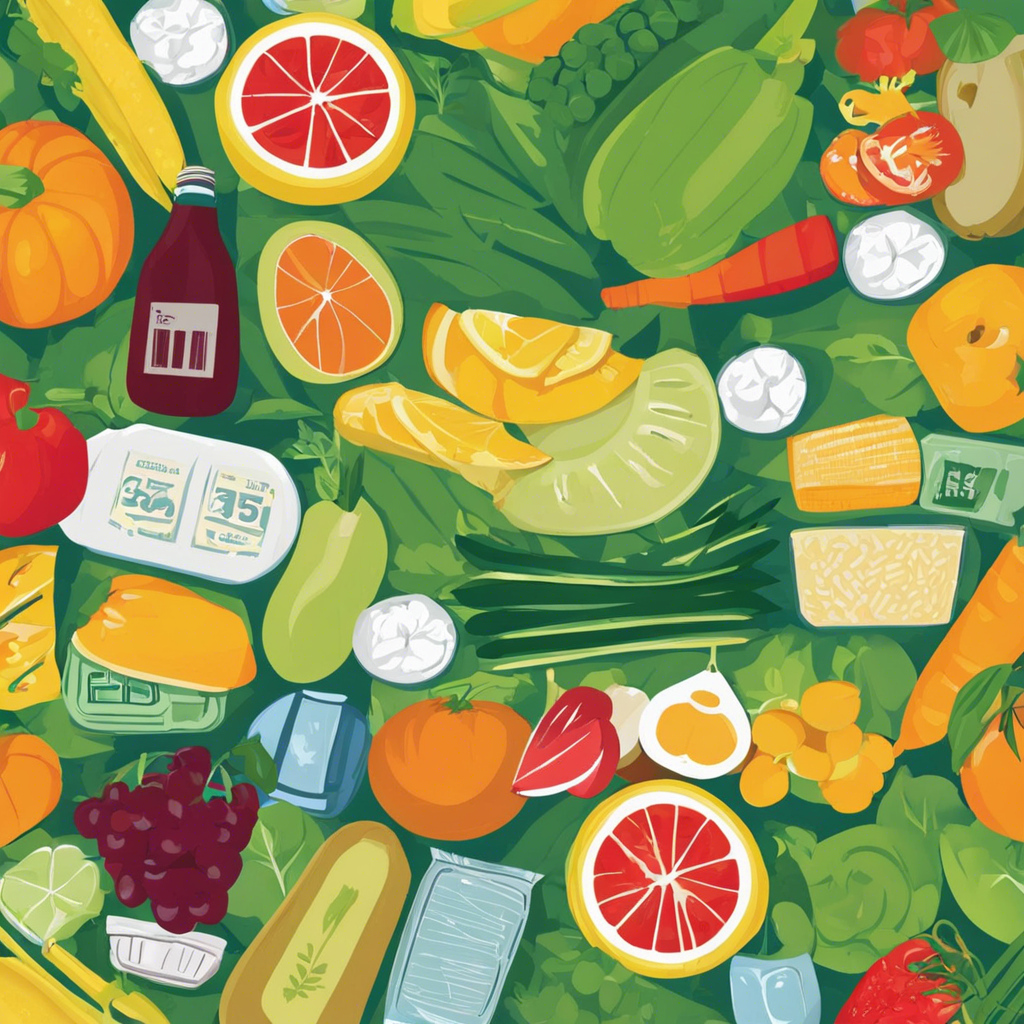Groceries are a necessity, but that doesn’t mean you have to break the bank every time you go shopping. With a few simple strategies, you can significantly reduce your spending and keep your wallet happy. So, here are 50 easy ways to save money on your grocery bill:
Paragraph 1:
Plan your meals ahead of time. Before you head to the store, take inventory of what you already have and plan your meals for the week. This will help you buy only what you need and reduce waste. Use sales and coupons to your advantage. Check your local store’s weekly flyer and plan your meals around what’s on sale. Also, look for coupons for items you regularly buy. However, be careful not to buy something just because it’s on sale if you wouldn’t normally purchase it.
Paragraph 2:
Buy in bulk when it makes sense. Non-perishable items like rice, beans, pasta, and toilet paper are often cheaper in larger quantities. Join a warehouse club to access even better deals on bulk items. But remember, only buy in bulk if you have the storage space and will use the items before they go bad. Frozen and canned fruits and vegetables can be just as nutritious as fresh produce and often have a longer shelf life.
Paragraph 3:
So, stock up when your favorite items are in season and freeze or can them yourself. You can also look for sales on frozen and canned goods, which can be just as nutritious as fresh produce. Be mindful of portion sizes. It’s easy to overspend on food if you’re constantly eating out or buying more than you need. Check serving sizes on packages and only cook or order what you’ll actually eat.
Paragraph 4:
Ditch name brands. Store brands and generic products often have identical ingredients to their name-brand counterparts but come at a lower price. So, be flexible and give them a try. You might be surprised to find that you like them just as much, if not better. Shop seasonally. Fruits and vegetables that are in season are usually cheaper and taste better too.
Paragraph 5:
Cook at home more often. Eating out or ordering takeout regularly can quickly add up. Instead, commit to cooking at home more often. You’ll save money, and likely eat healthier too. Make a list and stick to it. Impulse purchases can quickly drive up your grocery bill. So, make a list of what you need before you go shopping and do your best to stick to it.
Paragraph 6:
Buy meat alternatives. Meat can be expensive, so consider incorporating more plant-based proteins into your diet, such as beans, lentils, and tofu. These alternatives are usually much cheaper and can be just as tasty and nutritious. Don’t shop when you’re hungry. This age-old advice holds true – shopping on an empty stomach leads to impulse purchases and often a higher bill.
Paragraph 7:
Take advantage of loyalty programs. Many grocery stores offer rewards programs that give members access to exclusive deals and discounts. Sign up to earn points and reap the benefits. Also, keep an eye out for price-matching policies, which can ensure you’re getting the best deal without having to visit multiple stores.
Paragraph 8:
Compare unit prices. When deciding between different brands or sizes of the same product, look at the unit price (price per ounce or gram, for example). The packaging with the lowest unit price is usually the better deal. This simple trick can help you save money without sacrificing the products you want. By implementing these simple strategies, you’ll be well on your way to saving money on your grocery bill. Happy shopping and even happier savings!
